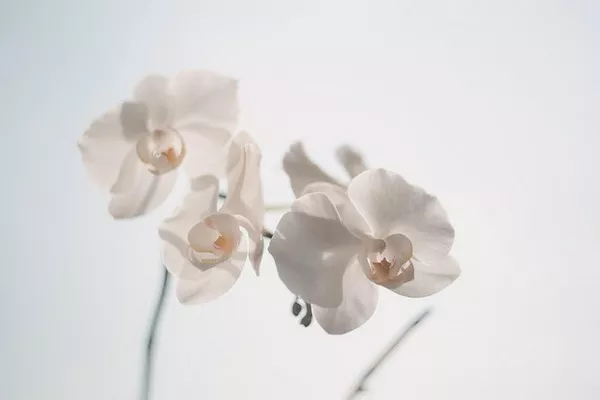Orchids are renowned for their exquisite blooms, captivating fragrances, and graceful elegance. However, their allure extends far beyond the flowering season. With proper care, indoor orchids can thrive year-round, rewarding enthusiasts with lush foliage and the promise of future blooms. After the spectacular display of flowers fades, it’s essential to transition into a post-flowering care routine to ensure the orchid’s continued health and vitality. In this comprehensive guide, we’ll explore the necessary steps and expert tips for caring for indoor orchids after flowering.
Understanding Orchid Growth Cycles
Before delving into post-flowering care, it’s crucial to understand the natural growth cycles of orchids. These intricate plants undergo distinct phases, including vegetative growth, flowering, and dormancy. Each stage demands specific care requirements to support the orchid’s overall well-being.
1. Vegetative Growth: During this phase, orchids focus on foliage development, strengthening their root systems, and storing energy for future flowering. Adequate light, water, and nutrients are essential to support robust growth.
2. Flowering: Orchids produce stunning blooms in a myriad of colors, shapes, and sizes during the flowering phase. This period is the highlight of the orchid’s life cycle, captivating admirers with its beauty and fragrance.
3. Dormancy: After flowering, orchids enter a dormancy period characterized by reduced growth and metabolic activity. During this time, the plant conserves energy to prepare for the next blooming cycle. Proper care during dormancy sets the stage for healthy growth and future flowering.
Post-Flowering Care Routine
Once the blooms have faded, it’s time to shift focus towards post-flowering care. Implementing the following steps will help maintain the orchid’s health and encourage future blooms:
1. Remove Spent Flowers: As the flowers wilt and fade, delicately trim the spent blooms using sterilized scissors or pruning shears. This prevents the plant from expending energy on seed production and redirects resources towards new growth.
2. Assess Plant Health: Take this opportunity to inspect the orchid for any signs of disease, pest infestation, or nutrient deficiencies. Look for yellowing leaves, black spots, or unusual growth patterns, which may indicate underlying issues requiring attention.
3. Adjust Watering Routine: Orchids have specific watering needs that vary depending on factors such as the orchid species, potting medium, and environmental conditions. After flowering, adjust the watering frequency to maintain a balance between hydration and allowing the roots to dry out slightly between waterings.
4. Monitor Light Levels: Adequate light is essential for orchid health and growth. After flowering, ensure that the orchid receives sufficient indirect sunlight or artificial light to support photosynthesis. Avoid exposing the plant to direct sunlight, which can cause leaf burn.
5. Fertilize Sparingly: While orchids benefit from regular fertilization during periods of active growth, it’s essential to adjust the feeding regimen after flowering. Use a balanced orchid fertilizer diluted to half strength and apply it every two to four weeks during the growing season.
6. Maintain Humidity: Orchids thrive in environments with moderate to high humidity levels. To replicate their natural habitat, place the orchid on a humidity tray filled with pebbles and water or use a room humidifier. Misting the foliage occasionally can also help increase humidity.
7. Repot if Necessary: If the orchid has outgrown its current pot or the potting medium has broken down, consider repotting it after flowering. Choose a well-draining orchid potting mix and a container slightly larger than the previous one to accommodate the growing roots.
8. Prune and Divide: Pruning helps maintain the orchid’s shape and promotes new growth. Trim any dead or yellowing leaves, as well as any aerial roots that have withered. Additionally, if the orchid has become overcrowded or developed multiple growths, consider dividing it into smaller plants to encourage healthier growth.
9. Provide Rest Period: Many orchid species require a rest period after flowering to recharge and prepare for the next blooming cycle. During this time, reduce watering and fertilizer applications while maintaining stable light and temperature conditions.
10. Be Patient: Above all, be patient and attentive to the orchid’s needs. Orchids are resilient plants that respond well to consistent care and attention. With time and proper maintenance, your orchid will reward you with vibrant blooms and lush foliage.
Conclusion
Caring for indoor orchids after flowering is a rewarding endeavor that allows enthusiasts to cultivate these exquisite plants year-round. By understanding the orchid’s natural growth cycles and implementing a tailored post-flowering care routine, you can ensure the plant’s continued health and vitality. With diligence, patience, and a touch of botanical expertise, you’ll enjoy the beauty and splendor of orchids in your home for years to come.


